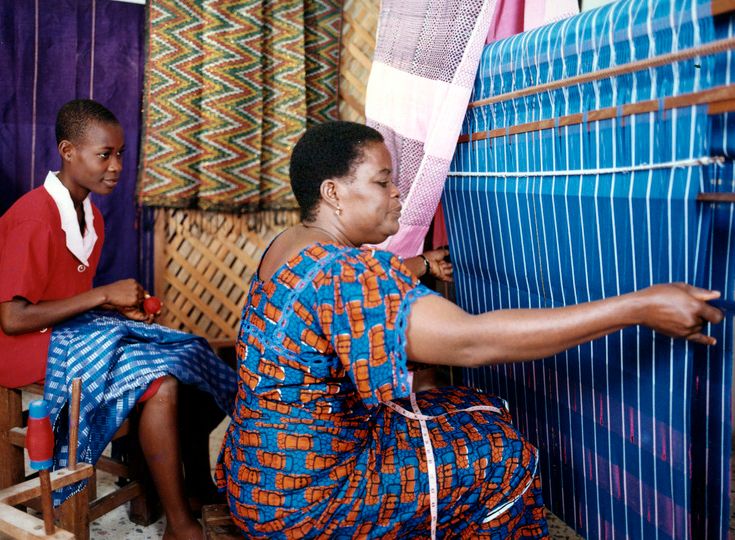Fabric is one of the most important objects in the fashion industry.
In the western societies, customized clothes are a luxury, due to the mass consumption of fast fashion. In most cases the consumer usually only gets to consider the fabric when the outfit has already been made and is hanging on the racks of the stores.
However, we Nigerians take fabric seriously; for us, the colour, price and quality of the fabric can determine a lot. We have always been accustomed to the old-fashioned process of fabric selection, sometimes we also find that the fabric can often be more expensive than the cost of getting it sewn.
The most popular fabric used to identify Nigerians for decades has been the Ankara, which comes in different qualities or grades, with the most recognized brand being Vlisco. Also known as Hollandaise by the locals, the company produces “African” fabric, which is known internationally, as “African”. Although the fabric is known to have a complicated origin, many western designers such as Burberry have used it on their “Africa” inspired collections.
Once upon a time, we had other fabrics such as the “Akwete” an indigenous Nigerian fabric, which had been quite sacred, passed on from generation to generation. The Akwete can be described as vintage Nigerian fabric, a very intricate piece, which most people overlook due to its locality.
The Akwete is a hand woven indigenous fabric, which has been known to be quite useful to the Ndoki clan for many years. In fact on the 19th of March 1990, Prince Charles and Princess Diana brought the fabric into limelight and international recognition by commissioning the local fabric.



